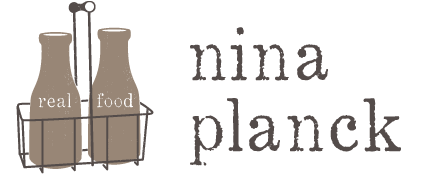When I Say Salt: A Short Note on Key Ingredients
Unless noted otherwise, salt means unrefined sea salt and black pepper is freshly ground, nutmeg freshly grated. Herbs are always fresh, and parsley is flat-leafed. Butter is unsalted. Milk, yogurt, and sour cream are full-fat. I use organic whole cane sugar (evaporated cane juice), or beet sugar, any pure maple syrup (Grade B is a bit darker than Grade A), and raw, unfiltered honey. I often call for Meyer lemons (sweeter juice, less acid, a floral flavor, and a softer, thinner peel than typical lemons) in desserts and drinks, and usually use ordinary lemons in savory dishes. For more, see each ingredient below.
Pantry
-

Butter
Buy the best you can find and afford. Look for a high butterfat content; the U.S. standard minimum is 80 percent fat. The better American and European butters are 84 to 87 percent fat. Ideally the butter is from cows raised on grass. Unfortunately, many of the local, small-batch butters I find from grass farmers are a little gamey. Irish Gold is a great supermarket butter. Kate’s Homemade Butter, Vermont Butter and Cheese Creamery, and Straus Family Creamery make wonderful small batch American butters. So do French, Irish, and English makers. Cultured butter is made by allowing a little natural lactic bacteria to ripen the cream. It’s tangy and delicious. In every dish except biscuits and hollandaise I use unsalted butter. That said, any butter is a top food. Just buy real butter. Never use fakes or substitutes.
-

Lard
Perhaps you’re not a baker, or the idea of making your morning egg in snowy lard turns you off. Never mind: you can get all of lard’s good fats (monounsaturated oleic acid, the same fat in olive oil, and antimicrobial saturated fats) and its abundant vitamin D from bacon, sausage, and pork chops, if that’s to your taste. If only they didn’t make sausages so lean these days! I met a sausage-maker recently who said she used lean ground pork and added only wine or water for moisture. Her sausages were not so much juicy as runny, and there was no fat to carry the flavor of her fine spices or the pork.
-

Raw Milk
For me, it’s worth drinking clean raw milk from a source I trust—even—no, especially—while I’m pregnant. It’s a great source of the fat-soluble vitamins A and D (all the baby’s parts need these vitamins to form perfectly), a good source of iron and vitamin B12, and a markedly superior source of calcium.
That’s why I drink raw milk. It’s up to you
-

Asparagus
Asparagus grows from a crown — an underground root-like mass. In the spring, the crown sends up shoots — the tender spears we eat. In May and June, farmers don’t let the spears grow: they cut them for you and me to enjoy. What the farmer who seeks perfect maturity looks for — or should — is not the spear diameter or height, but the scales. They should not be too closed and tight — that’s too young. Nor should they be splayed out, starting to reach away from the spear tip — that’s too old. In the perfect spear, the tip looks like a mermaid’s tail: smooth, but not tight.
Let me repeat: it doesn’t matter whether the spear is fat or thin. All that matters to you, the cook, is how those scales look. Thick or thin, the spear will be perfect if the scales are perfect.
-

Savory Yogurt
I’ve been eating savory yogurt. Thick, whole-milk yogurt — never skim or low-fat — with lots of flavor — maybe walnuts, pine nuts, za’atar, olive oil, salt, pepper, cayenne, cinnamon, and whatever fruit or vegetables I have around, including soft, brown griddled onions. That’s at home. Meanwhile, the world now offers me the same great stuff. At Chelsea Market in NYC, see Sohha, a Lebanese savory yogurt bar. Or fill a cup of Culture yogurt at Murray’s new yogurt bar –and top it with tomatoes, cucumbers, and more.
-
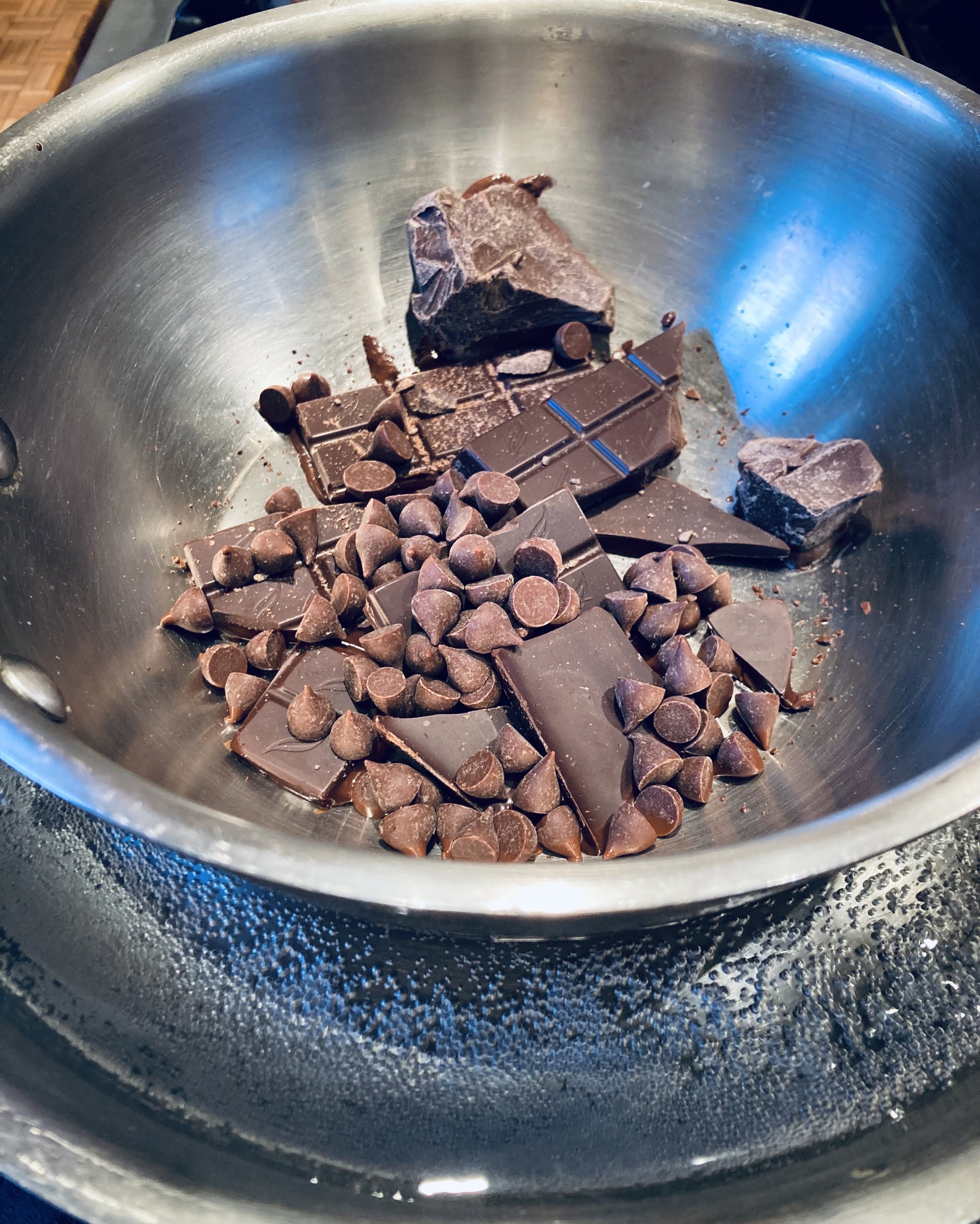
Cocoa Powder and Chocolate
Cheap cocoa is often bitter. Not Pernigotti, which has a rich, smooth flavor and 20 percent fat, more than other powders. It is so good my children drink “plain”—that is, unsweetened—chocolate milk. For baking and chocolate drinks, I buy eating chocolate. My baked chocolate desserts are made with bars containing a minimum of 70% cocoa content. There are many superior chocolates. Lindt is still a respectable supermarket brand
-

Beef
Grass-fed and local is best, but watch out: your farmer may or may not have a great butcher. Happily, some new-generations butchers (Dickson’s Farmstand Meats Hudson & Charles in my town) and some veterans (Golden Gate Meat Company) are bringing great meat and great butchery skills back together. It’s no sin if the beef is finished on a little grain. This country’s legendary grass farmer, Joel Salatin, once told me, “Even a wild cow would’ve eaten some seed heads in the fall.”
-

Chicken
Chickens are omnivores, and they cannot live on grass alone; they need protein, calcium from oyster shell, corn, bugs. Left free to forage on grass and under shrubbery, they love weeds and the bugs they find in them. This is called a “pastured” chicken and there is no substitute. It flesh is not wet or flabby and the flavor is superior. If you keep chickens, give them some cover. They do not feel safe in wide-open spaces, and they will weed under your shrubs.
-

Seafood
Wild seafood, from sustainable fisheries, is usually best. It’s clean and clean-tasting; it’s firm, not flabby. Organic farmed salmon from Northern Europe is improving, but with wild Alaskan salmon within reach, I don’t bother. One delicious exception: farmed freshwater trout from a farmer who is careful about clean water. Most commercial shrimp causes ecological devastation (in mangrove swamps, for example). Try wild Alaskan spot prawns instead. I’m lucky to live near waters roamed by independent fishermen who bring fresh ocean fish to Greenmarkets; no fishmonger in the city can compare. But please note: research tells us that on the whole, people who eat seafood have better health than those who don’t – even if they eat industrial seafood containing mercury.
-
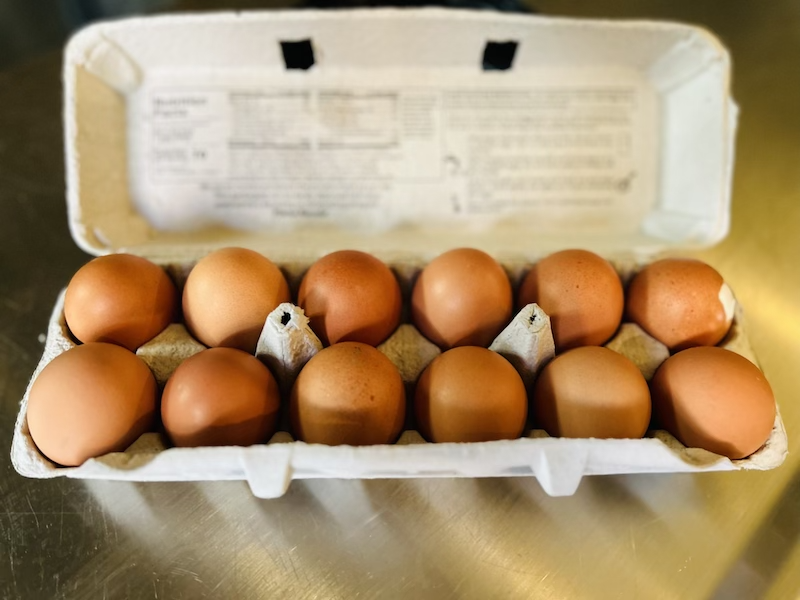
Eggs
The eggs of a pastured laying hen can be called “pastured”—and once again, there is no substitute. They are rich yellow, with more omega-3 fats and vitamin E than eggs from chickens who never go outside. I don’t buy eggs from hens whose diet is enhanced with fish oil, but the yolks do show more omega-3 fats. That said, the egg is a perfect food, and I would serve cheap eggs if cheap eggs were all I could find or afford.
-

Olive Oil
Buy cold-pressed extra-virgin olive oil. Unfortunately, even that standard includes many olive oils. Superior olive oils have low rancidity, but you can’t read that on the label. Worse, many olive oils are illegally thinned with lesser nut and vegetable oils. Until the olive oil business devises a superior standard, you’ll have to taste a lot of oils to learn what’s nice and what’s not, and rely on the better labels, such as Frantoia. On the labels of better oils you will find a batch number and best-by date, and all the olives will have come from a single farm. That said, olive oil is a top food. Do not substitute any grain or seed oil (canola, soy, sunflower, safflower).
-
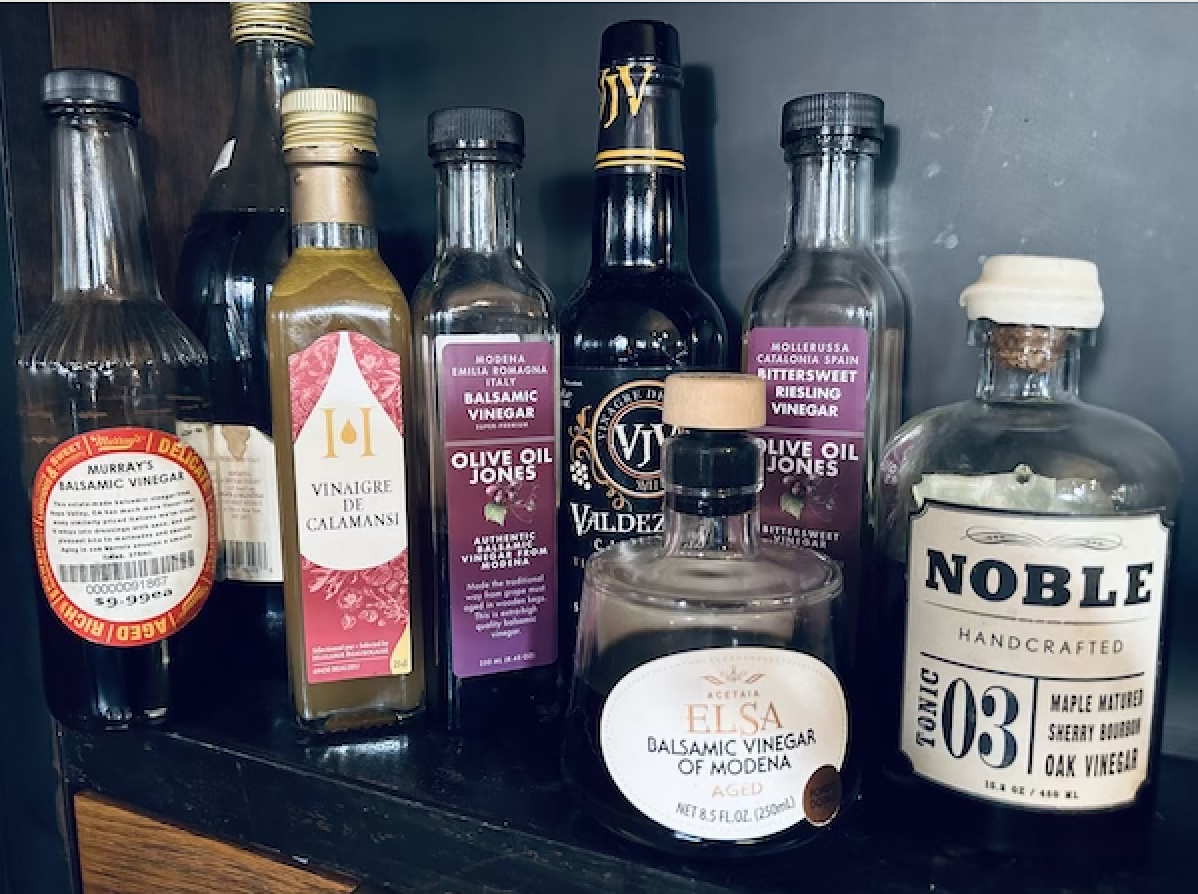
Vinegars
I love vinegar and every kind: red wine and white, Champagne, cider, balsamic, sherry, rice wine, ume plum. I recommend them all. A little extra money for better vinegar will reward you twice over. First, in dressings, it won’t bury the good oil you’ve bought; and second, the flavor—not the inherent sharpness, but the base character of the salty Japanese plum or the raw apple cider—will enhance your dish when chosen properly. Description goes here
-

Herbs
I mostly use fresh herbs, seldom dried, though homegrown and store-bought dried herbs are improving, and taste better than commercial ones, which are often irradiated, stale, or both. Dried sage and rosemary are good. I even like fresh bay leaves, although they are quite piney and best used sparingly.
-

Juice
In my teens and twenties, I was a low-fat vegan and vegetarian with an awful juice habit. I was also moody and plump. Both the depression and the pudge vanished when I replaced juice with fat and protein. After that, I was an annoying, hard-core single woman who frowned on juice, and especially on mothers whose children drank it. Too much juice is certainly not good for children—it’s bad for metabolism and teeth—but now I’ve softened a bit. If the main drinks in your house are not sweet—milk, water, kombucha, coconut water—there’s room for a little juice. Gently pasteurized ciders and other fruit juices from local farms enjoy a spot in our fridge, as does raw orange juice from the corner deli, especially in the winter. We drink juice, use it in salad dressings, and braise savory things in it. Today I crusade against pasteurized orange juice. Commercial orange juice is stored for months, after which its juiciness is gone. It tastes like stale sugar water, with no flavor, so they add a proprietary orange juice “perfume” to make it seem juicy again. I don’t cook with it; you’re just cooking down scented sugar water. For small recipes, such as citrus posset, I buy Valencia oranges and squeeze them.
-

Unrefined Sea Salt
Only unrefined sea salt contains dozens of nutritious trace minerals. When salt is refined—which may include heating, grinding, bleaching, and rearranging in flakes or other shapes—precious trace minerals in ocean water are lost and what’s left is straight sodium chloride. Unrefined salt, by contrast, contains about 84 percent sodium chloride. The rest is magnesium, calcium, potassium, iodine, and other minerals and trace elements essential to every human function, from digestion to adrenal function to blood pressure. Don’t buy plain “sea salt.” Look for “hand harvested,” “unrefined,” and “traditional.” Unrefined sea salt may be white, off-white, gray, or pinkish and slightly moist. Fancy salts I like are Maldon, Celtic, and Jacobsen.
-

Baking Ingredients
I recommend unbleached, American-milled flours. King Arthur is a reliable brand. The white whole wheat flour is milled from hard white spring wheat rather than the traditional red. It’s a whole grain with a lighter texture and flavor than most whole wheat flours. I buy Bob’s Red Mill baking powder, which is free of aluminum, and Bob’s Red Mill baking soda, which is simply bicarbonate of soda.
-
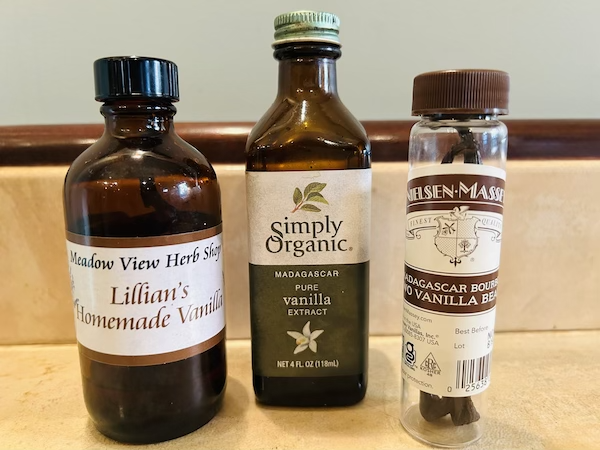
Vanilla
I’m happy to spend good money on vanilla. Some of that good money goes to Singing Dog Vanilla for organic and fair-trade extract and beans.
-
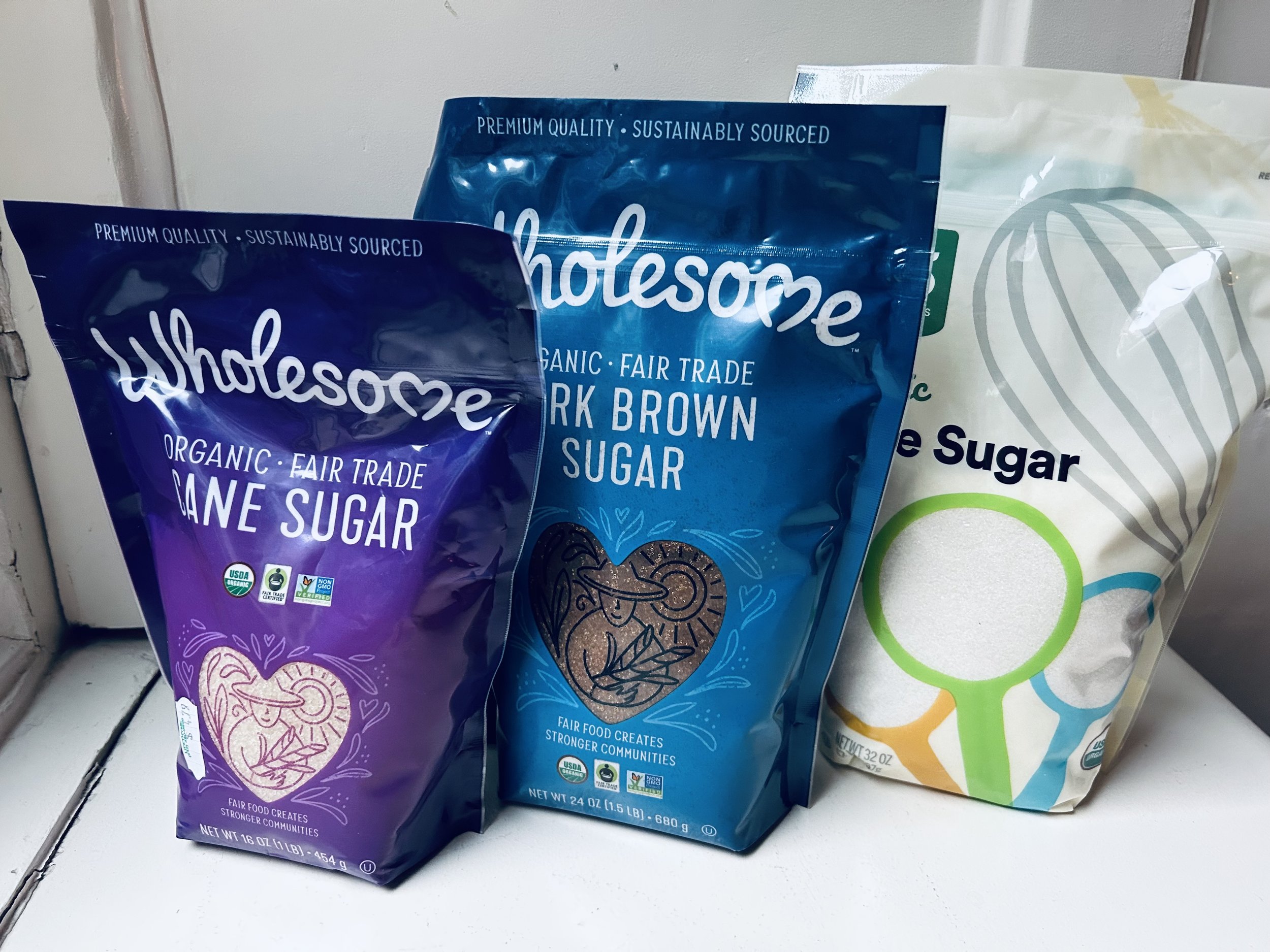
Sugar
The white stuff is one industrial food I cannot give up entirely. I love honey and maple syrup, but some things (like lemon curd) taste better with bright white sugar, and the other sweeteners leave me cold. Stevia tastes chemical. The agave “nectar” sold as a traditional and native sweetener is in fact neither. It’s not made from the sap of the agave plant (aguamiel), but from a starch in the root bulb called inulin, which is then broken down by enzymes, or “hydrolyzed,” into fructose. The glycemic index and glycemic load of agave nectar are similar to that of fructose. (Mexicans do make syrup by boiling aguamiel, but most Americans are not buying that.)
Instead of using industrial sweeteners, I’d rather cook with Grade B maple syrup (the flavor is richer than in Grade A); raw honey (deep, diverse flavors, plus propolis, pollen, and enzymes); or the best sugar I can find, and ration my sweets. I eat few desserts and eat them not too sweet. Organic whole cane sugar (made by evaporating whole sugarcane juice) is my favorite sugar for desserts. It adds a lovely touch of caramel, which suits certain dishes, such as ice cream and fruit crisp. It’s whole; whatever B vitamins and minerals sugarcane contains (and they are few) is all in there. Rapunzel is a good brand. Beet sugar is fine too.
Molasses is what’s left when sugarcane or sugar beets are processed to make refined sugar. Most brown sugar is nothing more than refined white sugar with molasses added back. You get a similar effect with whole cane sugar. For gingerbread, straight unsulfured blackstrap molasses—from the third boiling of sugarcane—delivers the characteristic dark, spicy thing.
